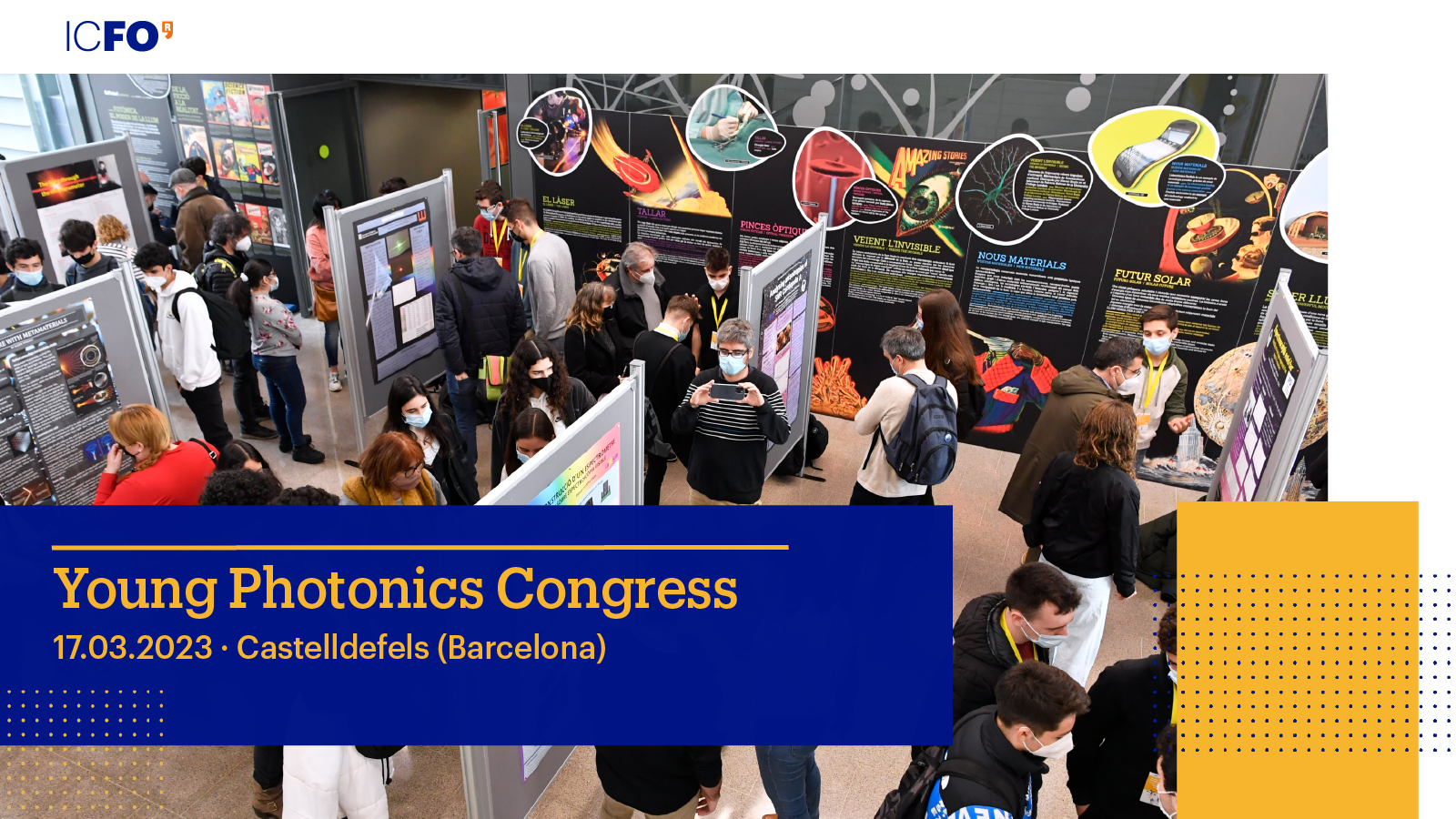
El Young Photonics Congress es un congreso científico protagonizado por estudiantes de ESO y bachillerato que presentan sus proyectos de investigación.
¡Descubre el mundo de la fotónica con las charlas flash sobre la investigación que se hace en ICFO y con los proyectos de investigación de jóvenes científicos y científicas!
programa
17 de marzo de 2023 – ICFO (CAstelldefels)
CHARLAS FLASH
Haz clic en el + para más informaciones
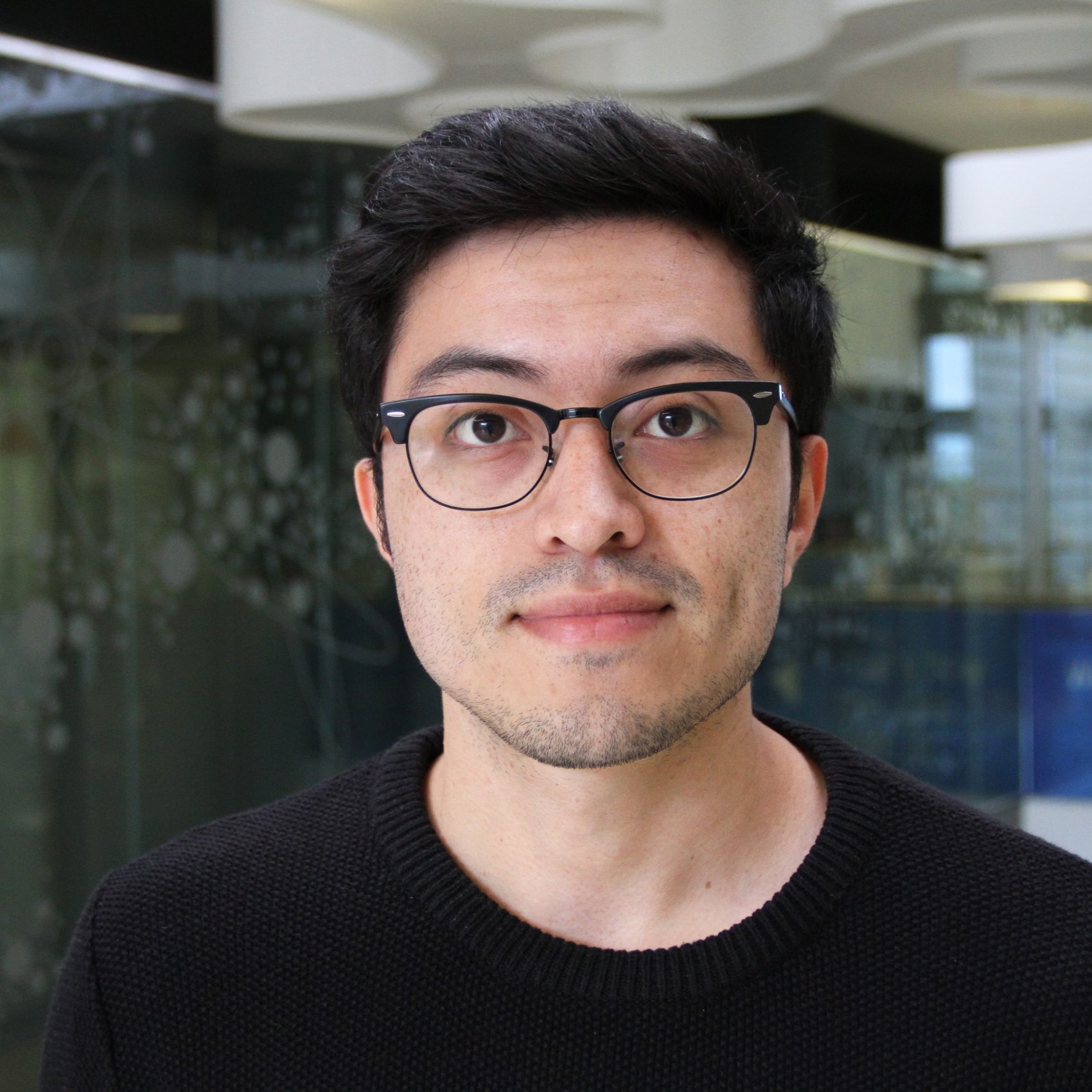
Arturo Villegas
Arturo Villegas obtuvo su Licenciatura en Física y Maestría en Física Aplicada en la UNAM (México) y TUDelft (Holanda) en 2015 y 2018, respectivamente. Actualmente está terminando su doctorado en el grupo de Ingeniería Cuántica de la Luz de ICFO. Sus principales intereses de investigación son la metrología óptica cuántica y clásica.
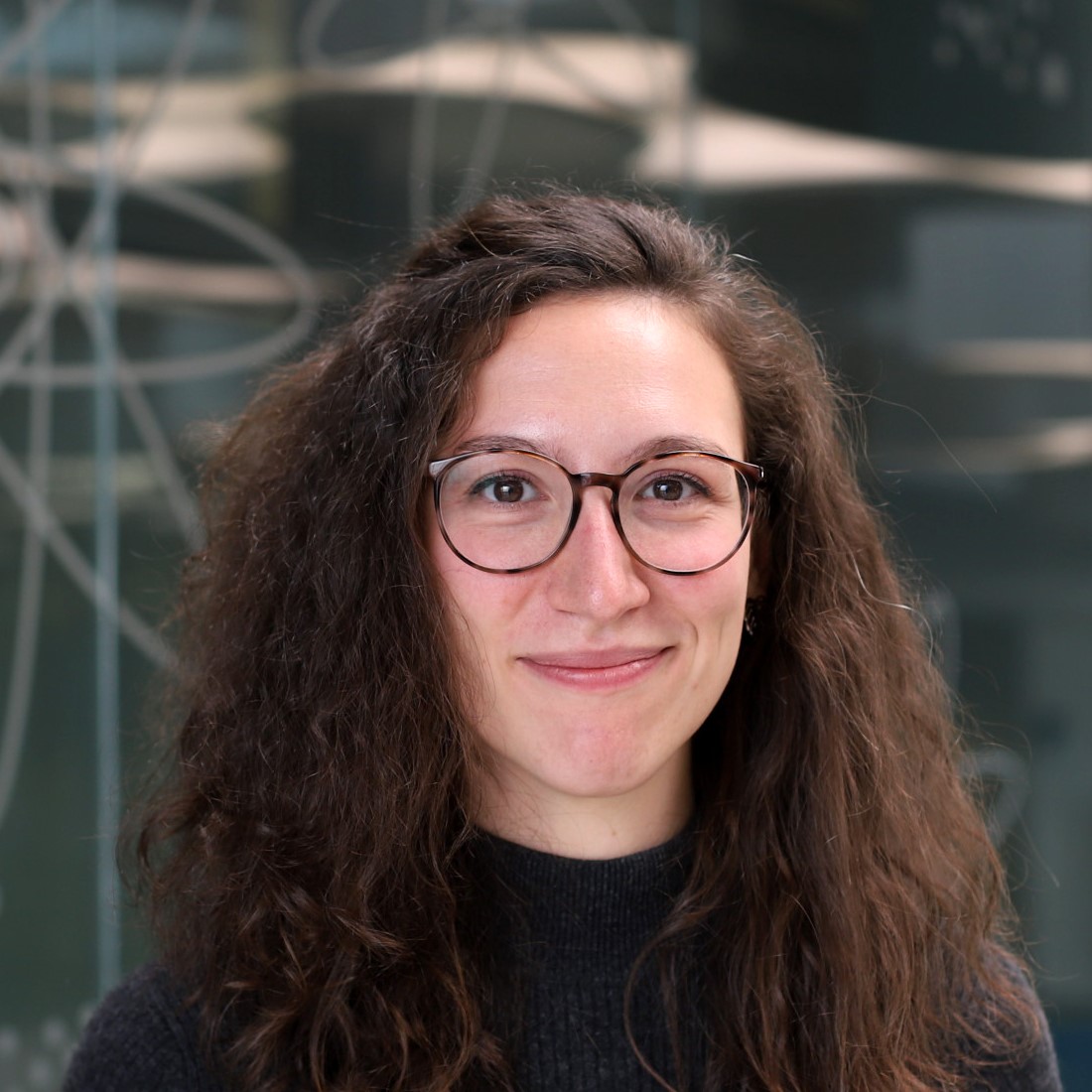
Ariane Stucki
Ariane Stucki estudió física en Suiza y Suecia y tiene un doctorado en microfluidos en la intersección entre biología, física y química. Ahora trabaja en ICFO como Ingeniera de Investigación en el grupo de Optoelectrónica, donde desarrolla dispositivos para detectar bacterias y monitorear la calidad de las aguas donde nos bañamos.
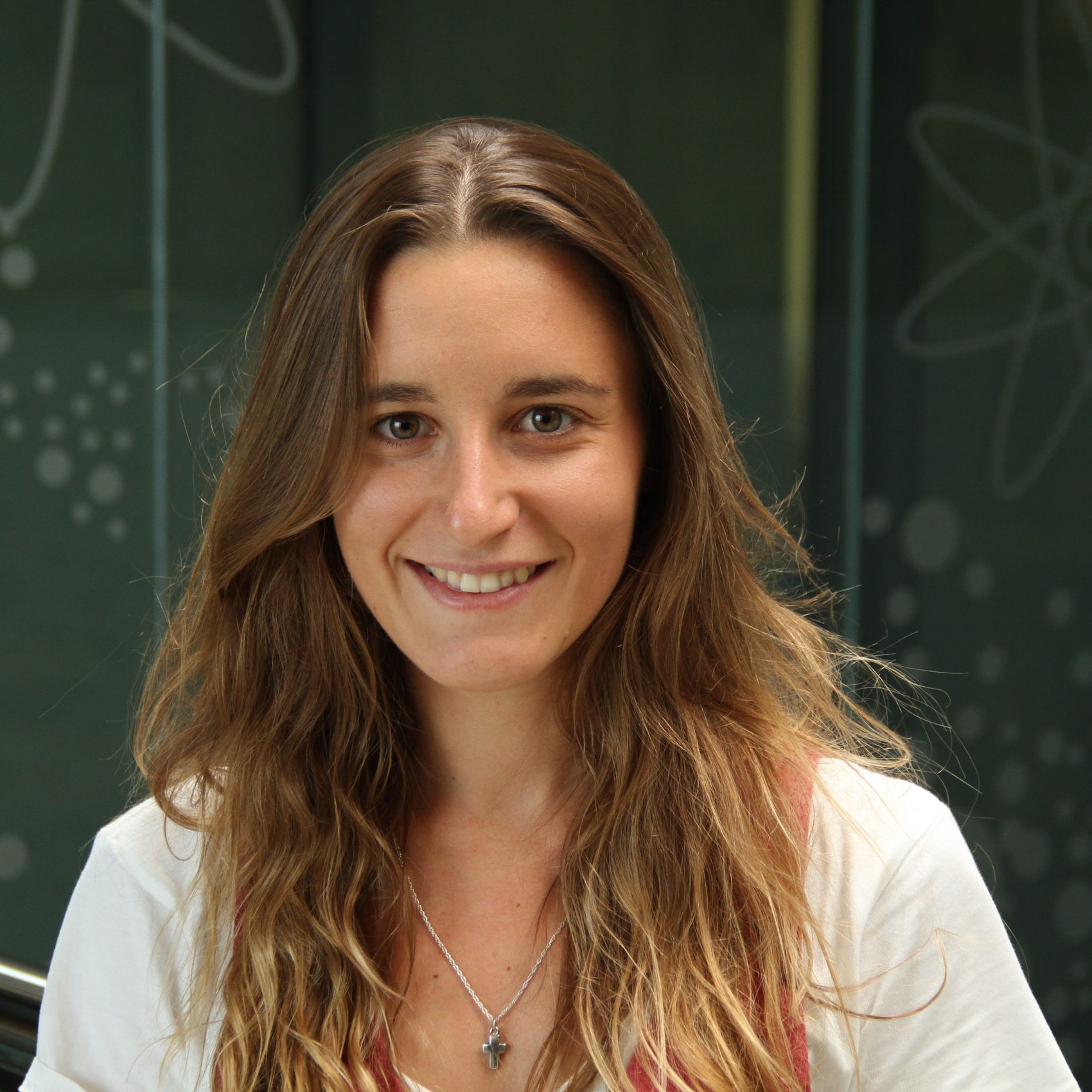
Blanca Belsa
Blanca Belsa estudió química en el Instituto Químico de Sarriá (IQS) en Barcelona y obtuvo su máster en la Universidad Pompeu Fabra en 2019. Actualmente está desarrollando su tesis doctoral en ICFO en el grupo de mitigación de CO2 acelerada por fotones. Su investigación se centra en el desarrollo de tecnologías para convertir la CO2 en productos químicos de valor añadido utilizando fuentes de energía renovables.
PROYECTOS
Haz clic en el + para más informaciones (todos los resúmenes están en inglés)
Recomendamos usar Google Chrome a los usuarios de MacOs.
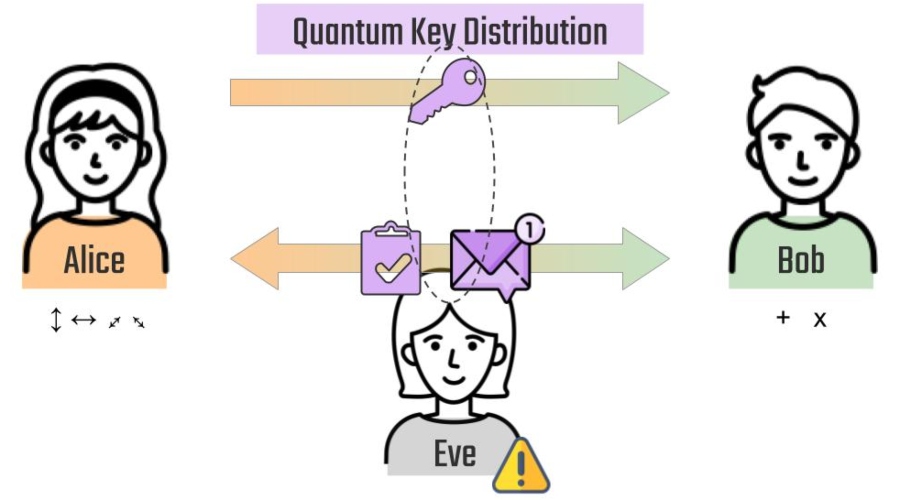
Protocol de criptografia quàntica per a la protecció de dades
Marina Garciapons Cava
Institut Manuel de Cabanyes – Vilanova i la Geltrú (2 bat)
Docente: Francesc Banyuls Llopis
The project aims to determine how we could protect our data whenever the current security is not enough. I investigated how a quantum cryptography protocol works, reproducing it experimentally in an ICFO lab. This cryptography provides greater security due to the properties of quantum physics.
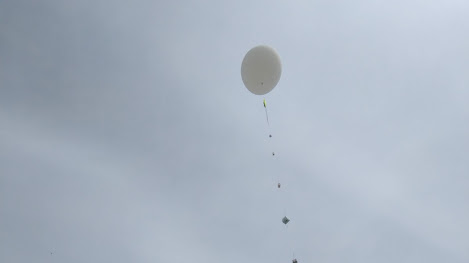
Technique for calculating hydric stress
Laura Hochadel
Escola Virolai – Barcelona (1 bat)
Docente: José Luis Touron Rivadulla
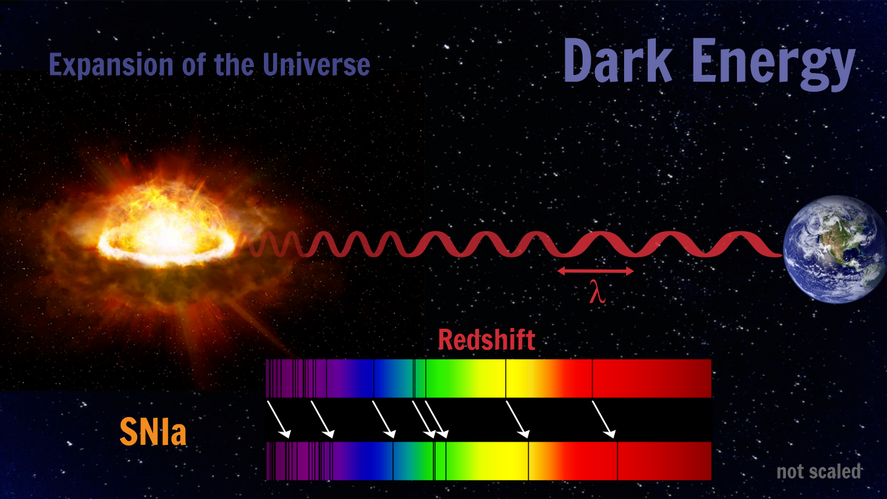
Analysing Type Ia Supernovae Redshifts for Dark Energy Quantification
HELENA VILLARES SANTIAGO
This study aims to quantify the dark energy in the Universe from Hubble Space Telescope raw data. Measuring the effective magnitude for several type Ia Supernovae we demonstrated that there is some energy, whose essential nature remains unknown, that composes about 75% of the cosmos.
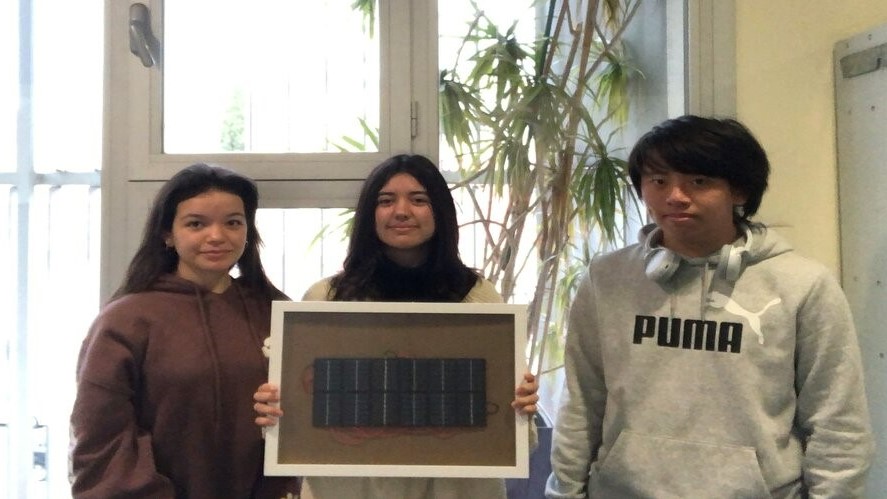
Cel·les fotovoltaiques i les fonts de llum
AVRIL LÓPEZ CHANDIHA, DAIANA CASTILLO RAMOS, LYDIA BABIANO NAVARRO, ZHI HONG LIN
Docente: Marta Magarzo
Our project is about the construct of solar panel formed by twelve panels, they’re connected, so it makes a constant current. The objective is doing a study relating deferents types of light source that affect directly to the plaque and see which generate more voltage.
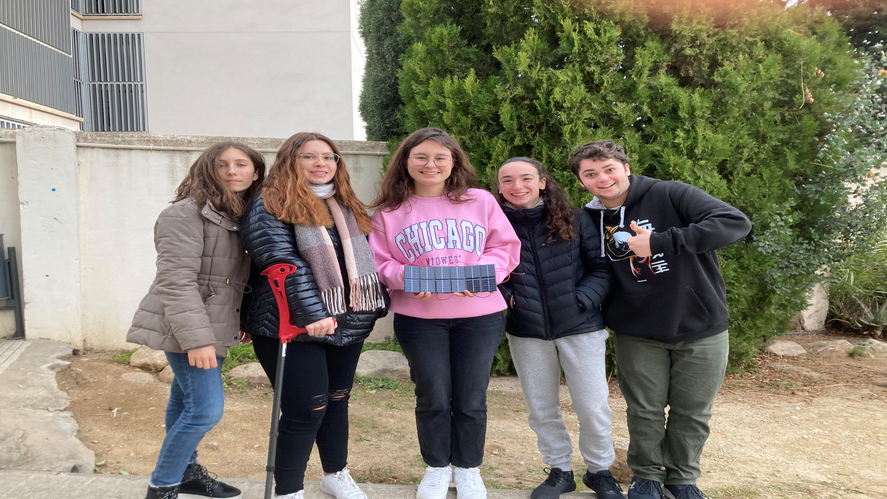
Construcció i aplicació d'una cel·la fotovoltaica
AINA PUJAL GARCIA, ANNA ROCA MELÓ, BERNAT COLOMER COLL, DANA MORENO MARTÍN, MARTINA GRAUPERA PUENTE
Docente: Marta Magarzo
Our work involves building a photovoltaic cell to see if the voltage changes with different frequency intensities of incident radiation.
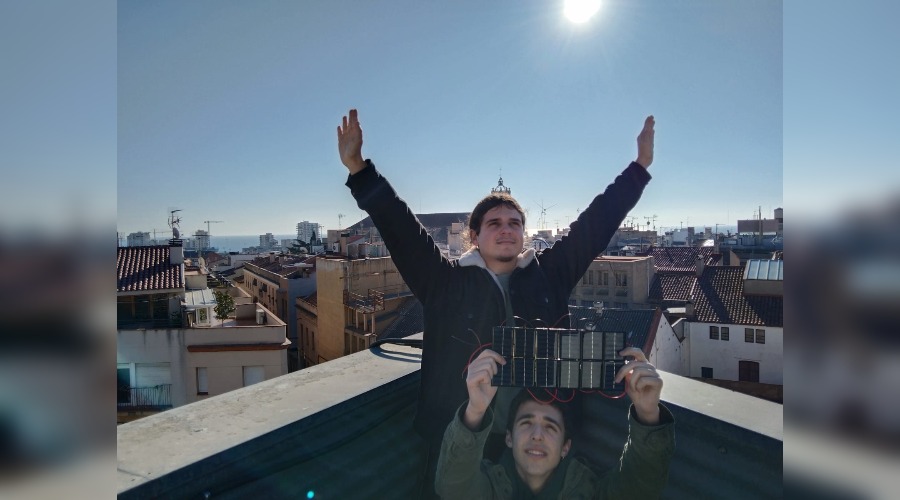
Construcció d'un panell fotovoltaic
EMILI PERIS DE HARO, GUILLEM PAREJO GRAGERA, MARIO GARCÍA ARROYO, ORIOL CODONY LLEONART
Docente: Marta Magarzo
Solar energy has become the main method of renewable energy production. After studying the theoretical principles of solar energy obtention through solar panels, a photovoltaic cell was built with the purpose of testing which hour of the day provides the highest energy yield.
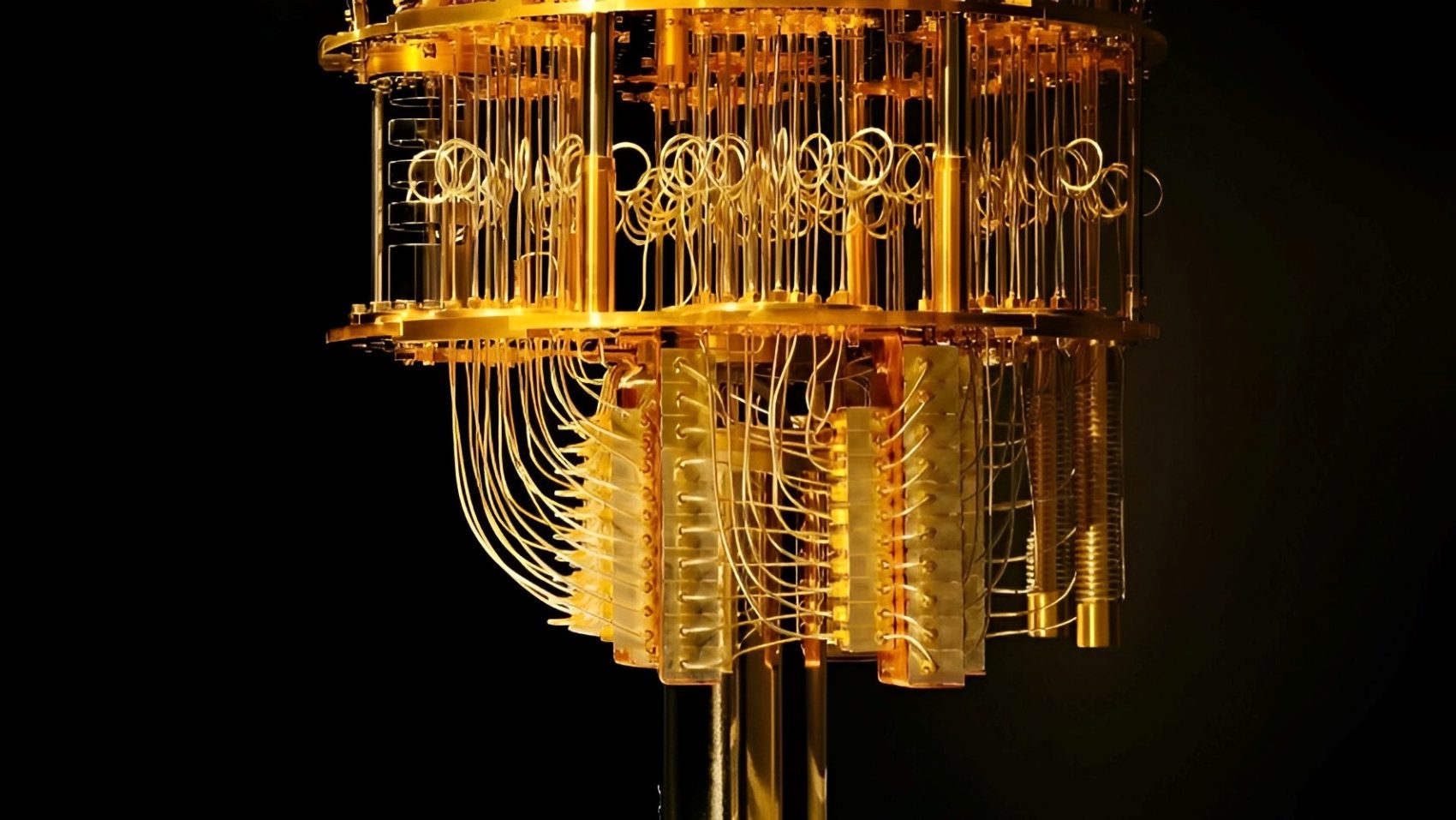
QUANTUM COMPUTING
Institut Puig de la Creu – Castellar del Vallès (2 bat)
Docente: Rosa Maria Blasco Soriano
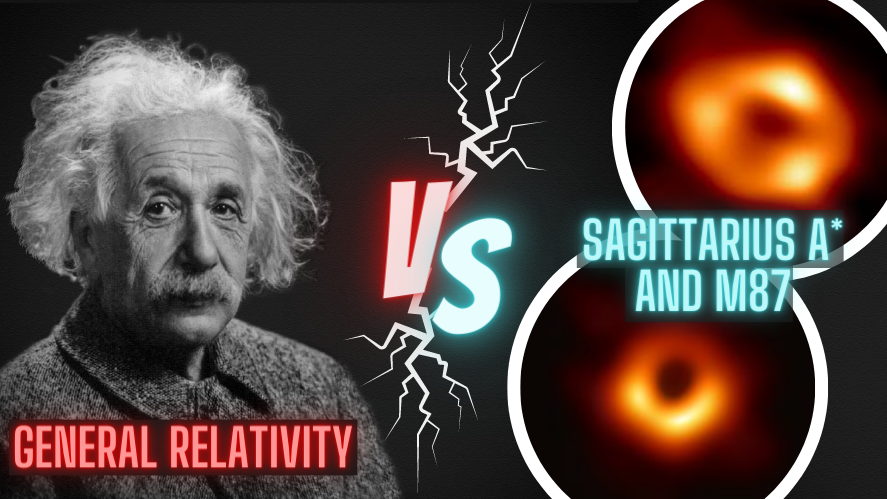
Investigation of the method of obtaining information and image of a black hole and comparison with the theory of general relativity
MERITXELL TORRES CALVET
The similarities and the differences between the two black hole’s photographs that have been taken thanks to the long-baseline interferometry method are argued in the General Relativity. Although in the images we can recognize the shadow of the black hole and the event horizon, we can also appreciate the dissimilarity of their ring determined by the mass.
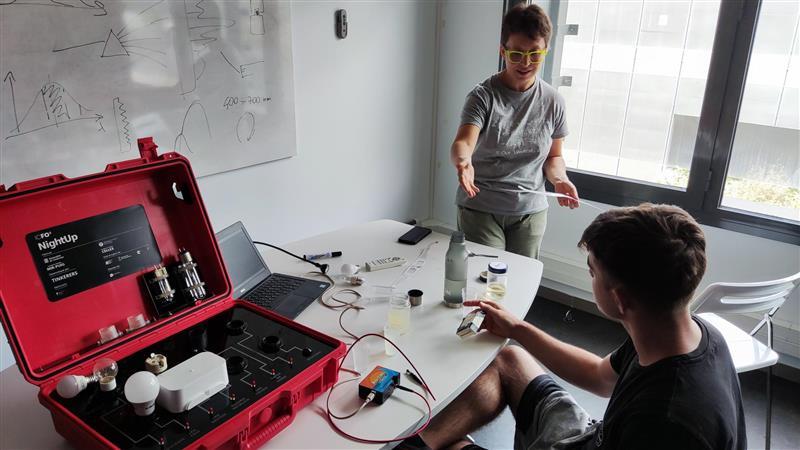
estudi de la llum mitjançant un espectròmetre
MARCEL ABOY VIVES
Docente: David Escolà
The objective of this project is to learn about the function of spectrometry and using a spectrometer. With it I will analyse different light sources, comparing them to a theoretical research, to be able to define how the different light sources works and to know which one is better than the others.
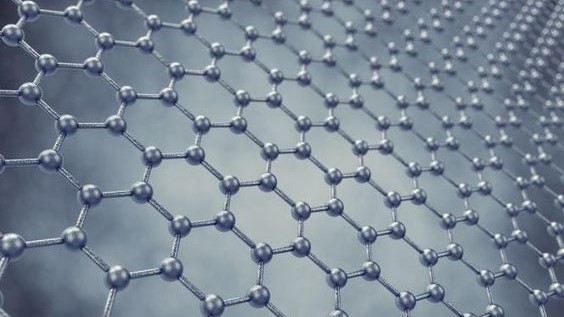
La revolució silenciosa del grafè
LAURA OLIVÉ MADRUEÑO
This work studies the expectations placed in graphene as well as includes an explanation of the phenomenon of “media hype”. Finally, we tested three methods of obtaining graphene to verify which one is most effective for obtaining graphene in large quantities and quality.
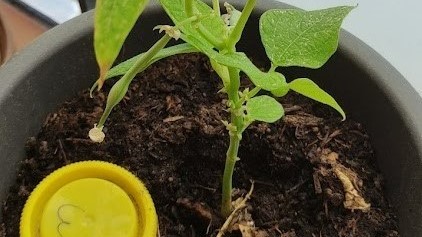
L'efecte de lA radioactivitat en els éssers vius
EFRAN GARCÍA RODRÍGUEZ
Docente: Daniel Parcerisas Brossa
We tried to demonstrate if the radioactivity has a negative effect on living being. To do it, I grew beans with different amounts of radiation. We saw various negative effects, but we couldn’t relate to radioactivity, as they appeared in all the plants, regardless of the amount of radiation
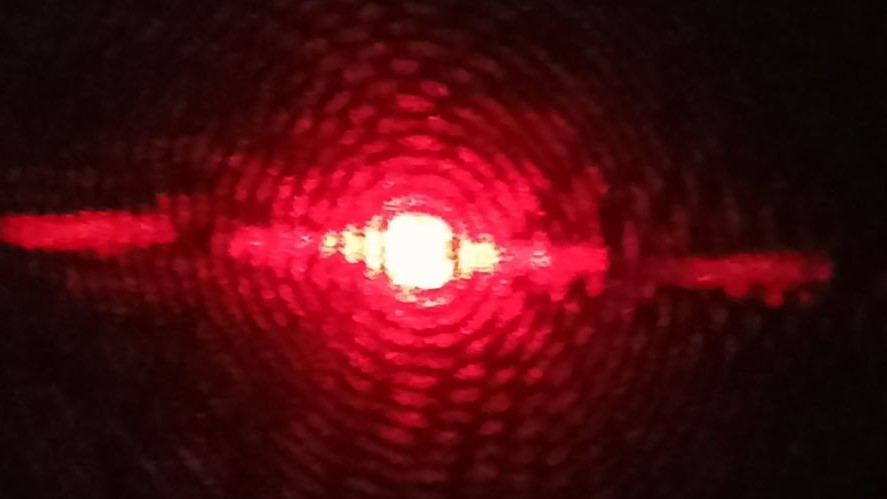
L'observació als patrons
FANGXIN CHEN
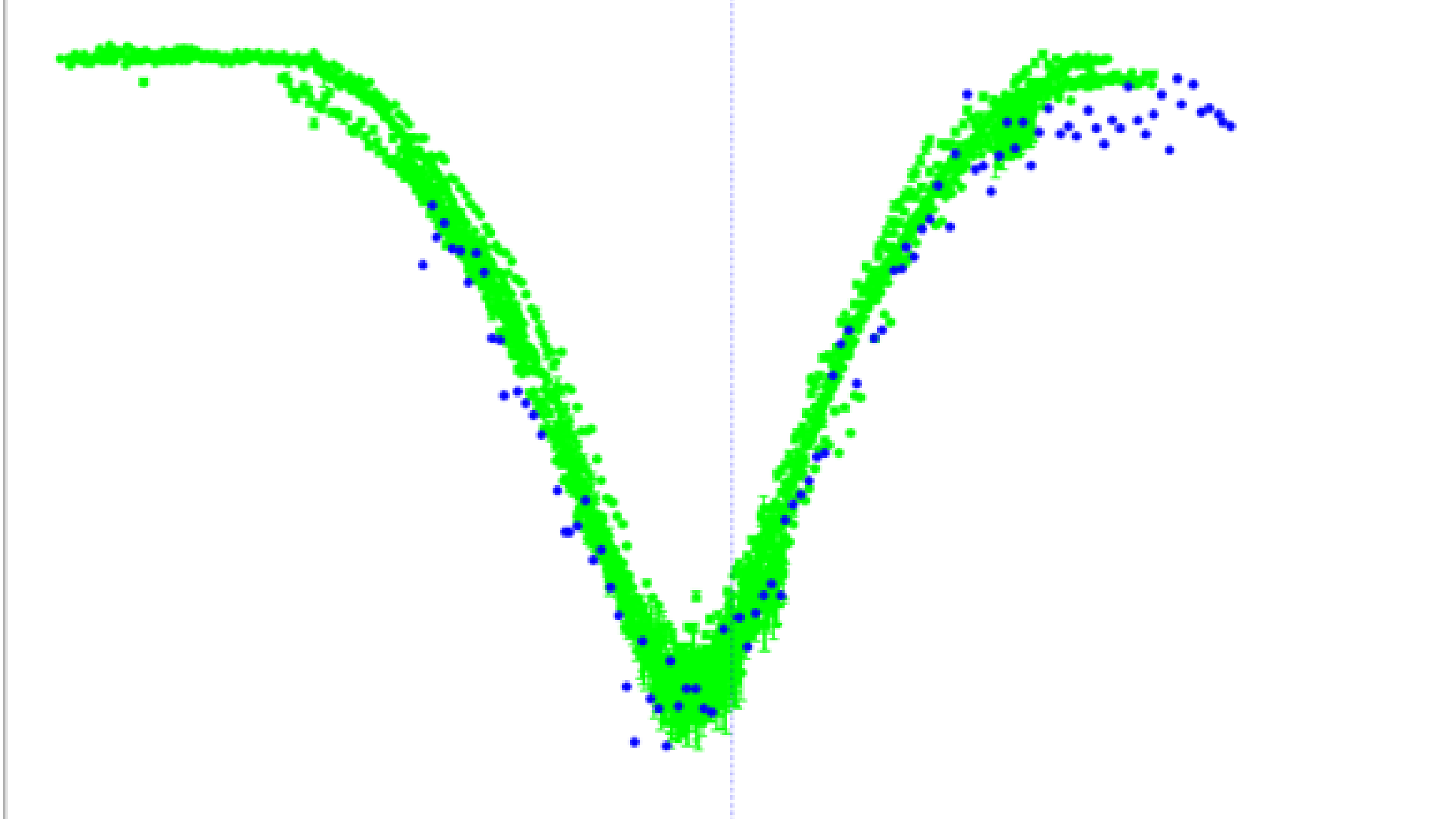
Direct Astronomical Observation vs. Instrumental Astronomical Observation
UNAI CUESTA AYORA
Docente: Sonia Tarancón
The objective of this project is to verify if there are relevant differences between direct observation and instrumental observation. To verify this, two light curves have been created and compared to each other to find errors. The results indicate that there are indeed differences, with a significant margin of error.
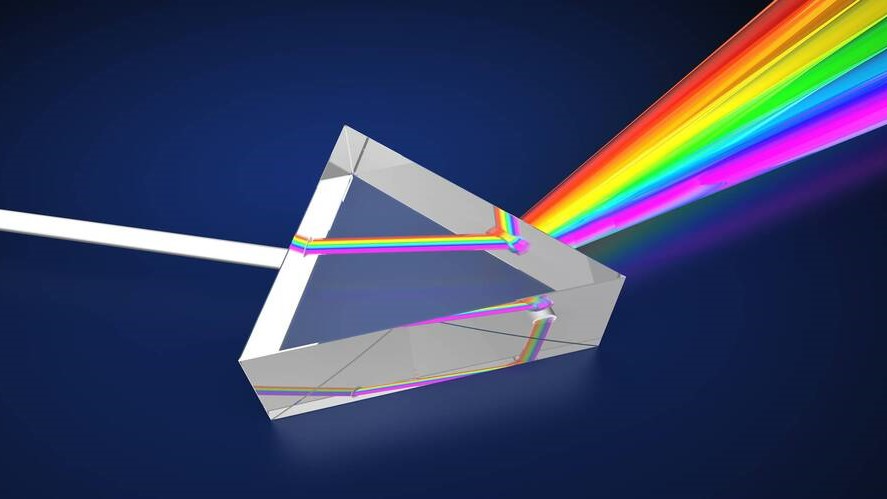
Ones electromagnètiques. L'espectrometria i les seves aplicacions
ALINA CARRERA COPETE
Institut Cirvianum – Torelló (2 bat)
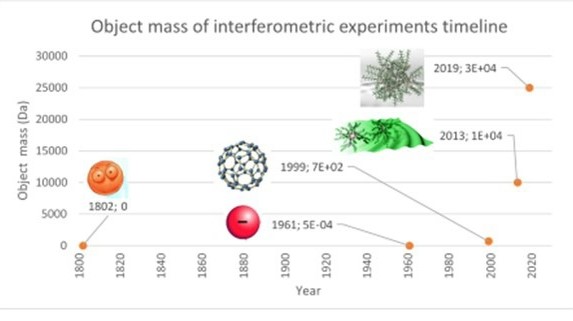
Proving the universality of quantum mechanics at macroscopic scales using matter-wave interferometry
AILEEN SANGALLI
In this work, we explore which are the largest objects that can manifest their quantum behavior and why there are limitations related to their dimensions. The main focus will be on the superposition and wave-particle duality of large objects from the perspective of current experimental advances in the field.
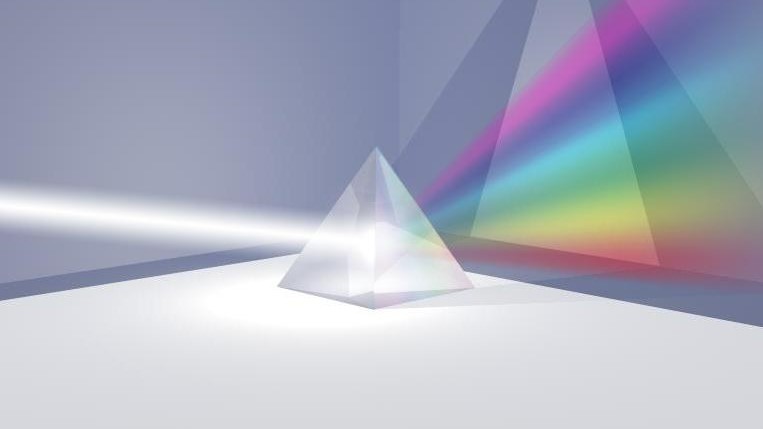
¿Cuál es la naturaleza de la luz?
FATIMA BENAYA
Docente: Sonia Landete
The purpose of this investigatory project was to study the nature of light, and research on how light propagates, whether it is a wave or a particle.
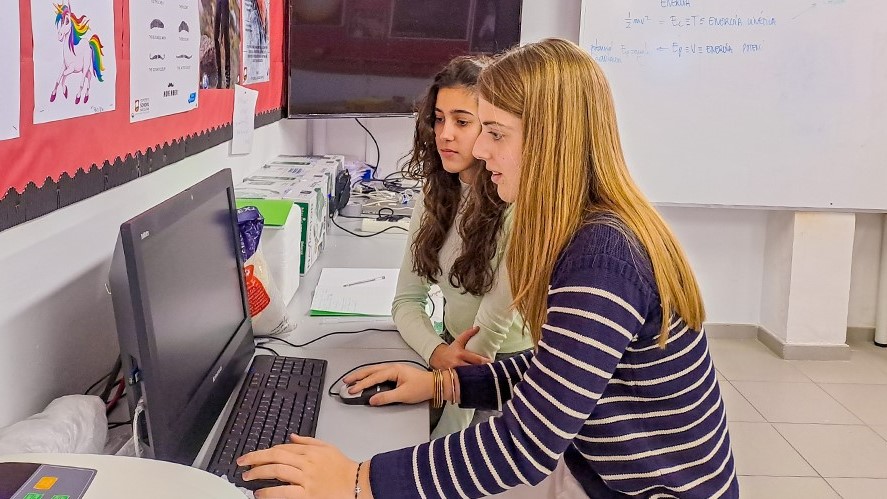
Investigating how exposure to light will affect the degradation of a bag polymer
LAIA ROJAS LÓPEZ, ELIDA MARTÍNEZ-GIL VIZCAINO
Docente: Nuria Garcia Flor
The effect of UV light (395 nm, 10 W and 30W) in the degradation of a bag polymer was investigated using a spectrophotometer to measure the absorbance of the aqueous solution in which the polymer was immersed. Results showed the migration of polymer substances into the surrounding solution increased depending on the exposure time and the power of the light used.
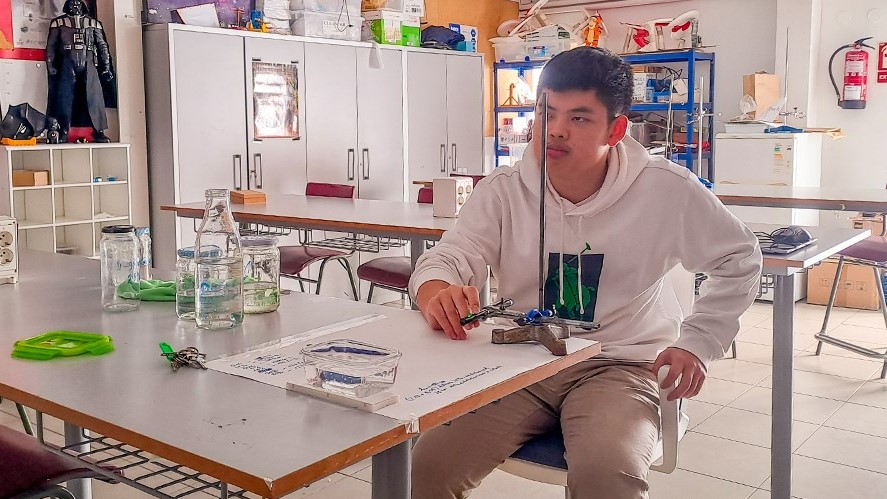
Using the diffraction of a laser beam to quantify the concentration of glucose of an unknown solution
HAN JIN
Docente: Nuria Garcia Flor
Trigonometry calculations allowed to establish the change in the angle of diffraction of a beam of light from a laser pointer due to an increase in the concentration (0-30%) of glucose in a solution (n=3). The correlation found was then used to quantify the concentration of glucose of an unknown sample.
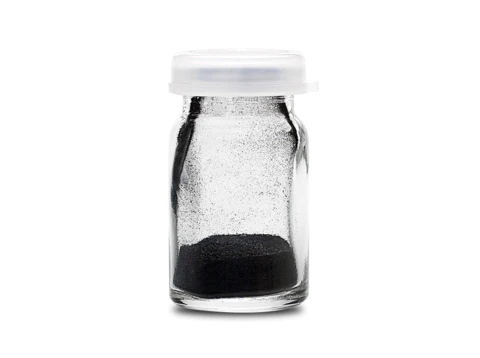
Un Món FET de grafè
OSCAR QUERALT TORRECILLAS
Docente: Marisa Padial
My work is about research on graphene. Looking for information about what it is, what characteristics it has, what are its methods of obtaining and in which it can be applied, to end with an experiment.
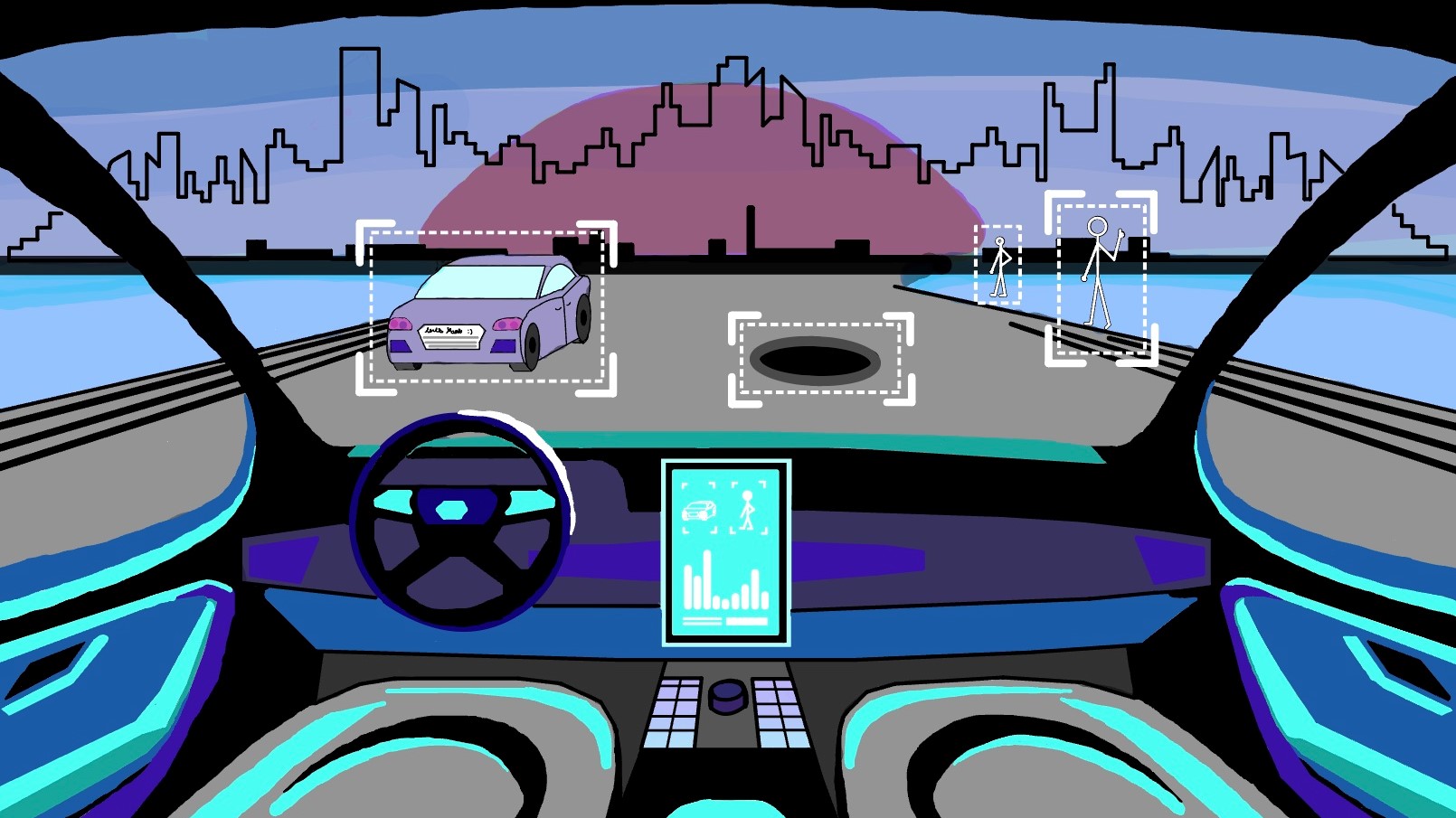
Quantum security of autonomous vehicles
INÉS FONS SANAHUJA
The purpose of this project is to explore the security risks of autonomous vehicles and look for solutions involving quantum encryption. For instance, the project analyzes BB84 and its possible modifications and improvements.

